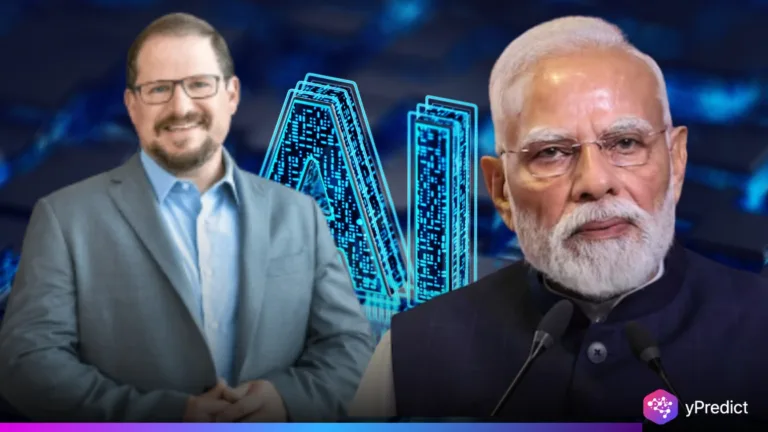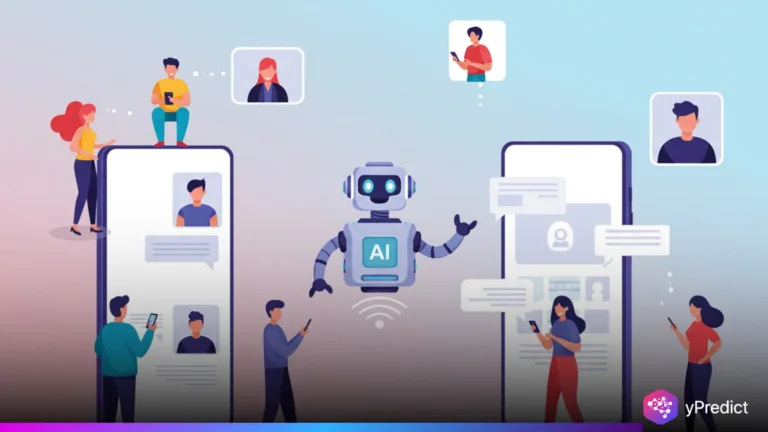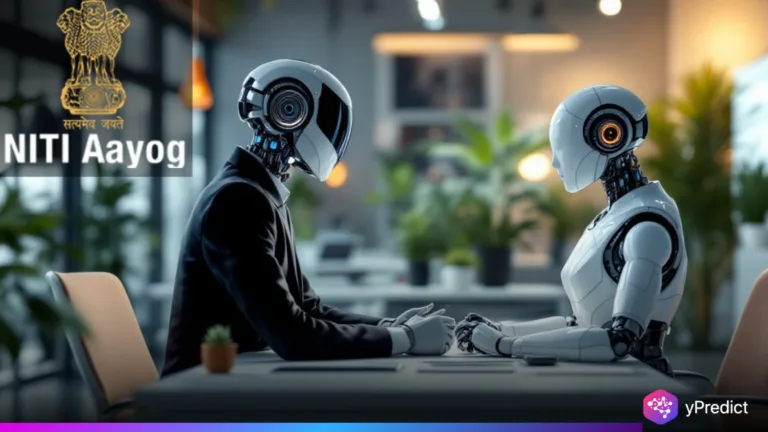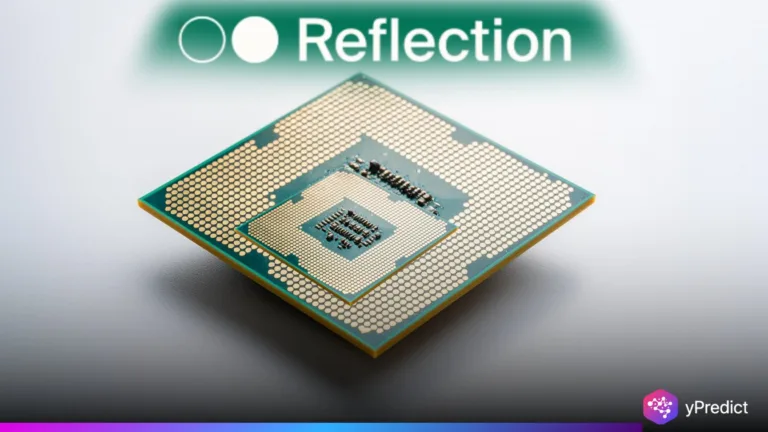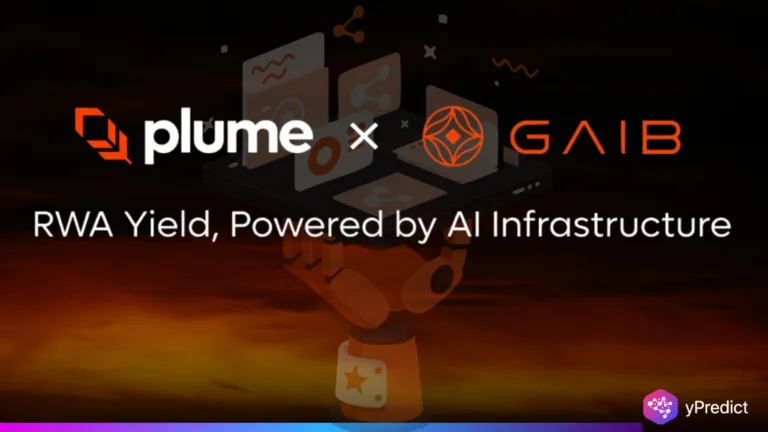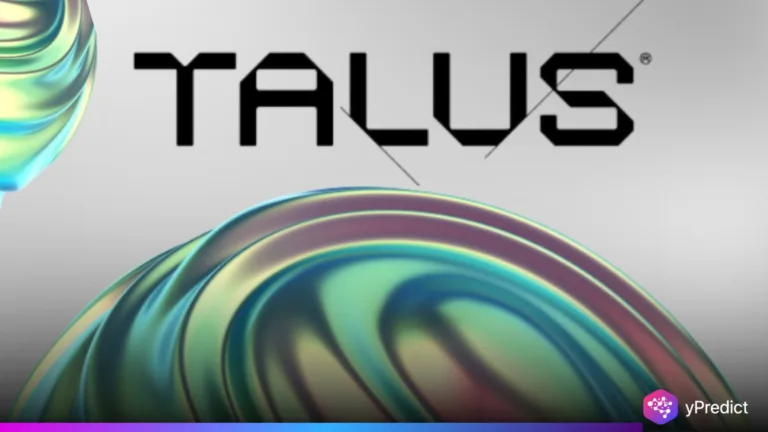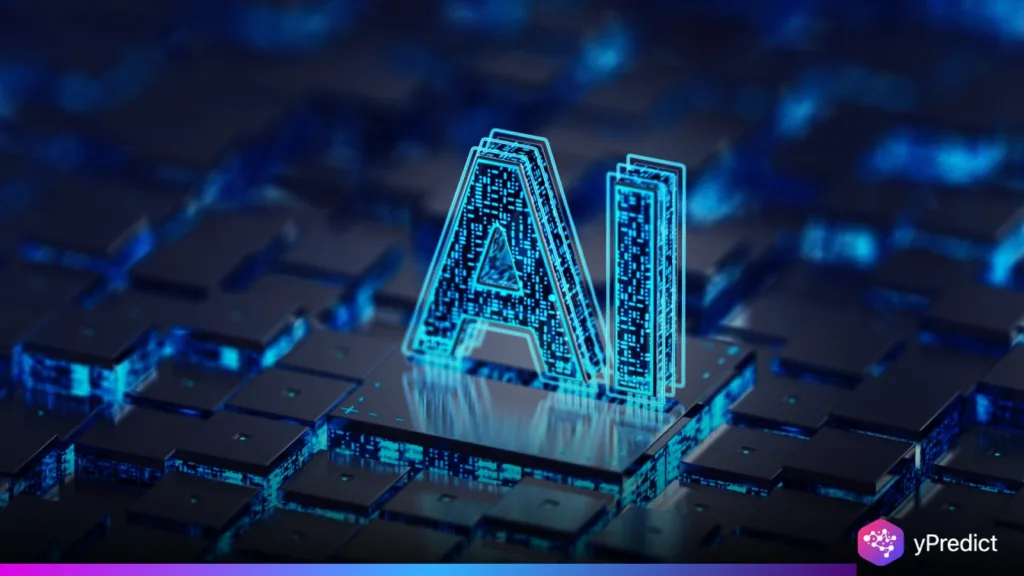
A new AI model, Extract-0, is disrupting the industry. Built with only 7 billion parameters, it’s a one-trick pony. Document information extraction. And it’s doing that work better than much bigger models like GPT-4.1. The surprise? It was just $196 to fine-tune. That’s less than a month’s worth of API usage for most businesses. And the project demonstrates that smaller, smarter, task-specific AI can beat the giants. It’s no longer about size, it’s about focus. Extract-0 may transform how organizations process papers, agreements, and medical records within law, financial services, and healthcare.
How Extract-0 Reduces Price Without Losing Strength
The team at Extract-0 wanted ease, not mass. They then fine-tuned the model with LoRA, a Low-Rank Adaptation Technique. That is, only 0.53% of the model’s weights were modified. Don’t have to retrain the entire system. It’s like teaching a brain new habits without reprogramming its memories.
Then they built synthetic data. More than 280,000 samples, all designed to simulate actual documents. Why? Because invoices, contracts, and reports don’t always keep details adjacent. Dates on one page. Names on another. Extract-0 learned to connect them. That’s how it retains long-range memory, which even larger models frequently lose track of.
Reinforcement learning sealed the deal. With GRPO, the model learned from sense, not just text. It was rewarded for factuality and format, particularly JSON. When evaluated on 1,000 extraction tasks, Extract-0 defeated GPT-4.1 and other top models. It demonstrated that precision and structure can outscore raw scale.
Smaller Models, Bigger Impact
The big surprise is not performance, it’s price. Extract-0 was trained for $196. That’s chump change in a world where model training typically runs into the millions. This low price implies that even timid companies could create their own specialist AI. Think of a hospital training one for patient records, or a law firm for contracts. No more renting giant APIs in perpetuity.
The model’s strategy also foreshadows the path of AI. Big, general models go a long way, but they’re costly and inefficient for focused tasks. The move now is toward specialization. As one AI researcher phrased it, “The race isn’t a size. It’s about precision.”
Extract-0 proves that. It combines intelligent fine-tuning, synthetic data, and semantic learning into a solution that’s rapid, affordable, and precise. The point isn’t to displace GPT-level systems. It’s to construct purpose-built assistants that really know their field. That’s where real progress happens, in models that fit the task, not in models that attempt to do it all.
Conclusion
Extract-0 marks a turning point. It demonstrates how targeted ingenuity trumps muscle power. With smart tuning and focused data, little models can compete with the big ones. And with training costs this low, every company could soon build its own ‘mini-model’. Which also means more privacy, less cost, and more rapid iteration. But it also implies the AI environment will splinter. Not one-size-fits-all tools, but thousands of specialists. If Extract-0 is any indication, the future of AI won’t be about power. It’ll be about the focus and craftsmanship of one thing.

